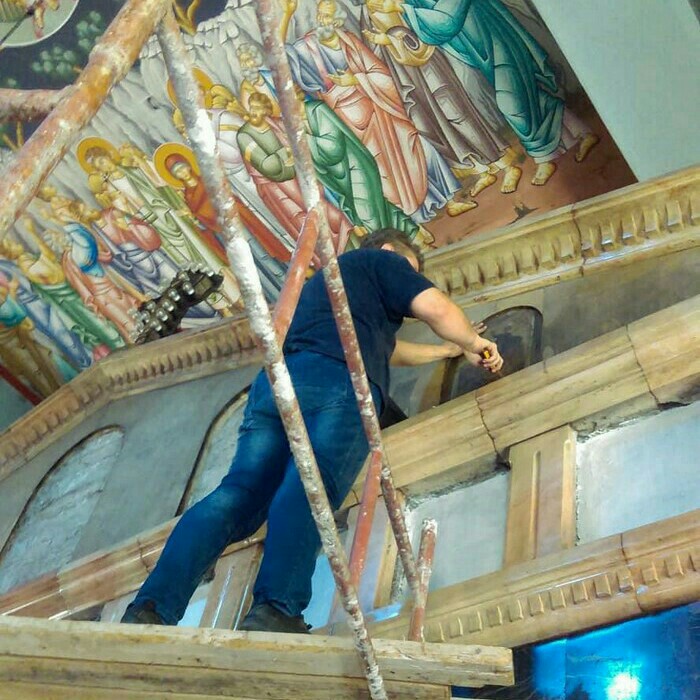Virgin Mary's Well
Old town - Beit Sahour
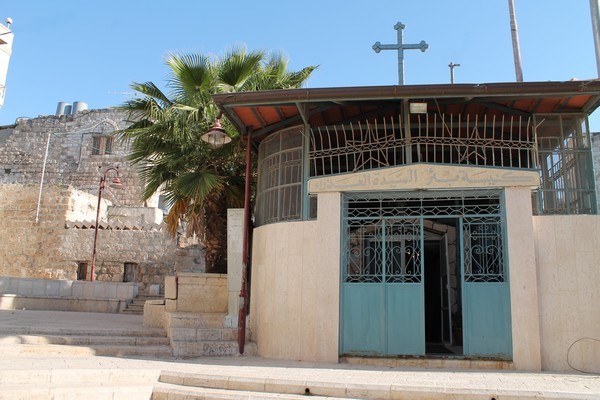
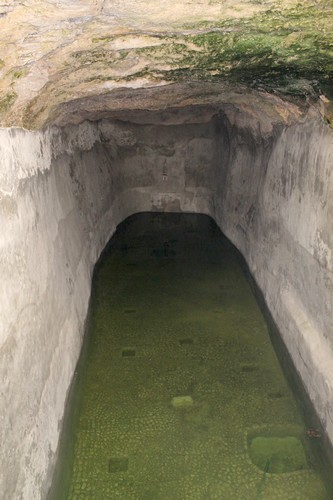 The Well: built by the Prophet Jacob, son of Isaac son of Abraham, when he lived for a while in Beit Sahour, behind the tower of the flock, after the death of his wife Rachel and burial in Bethlehem, where the two where on the way to Efrata (Genesis 36: 19-20) (Efrata means the fertile and indicates the Bethlehem area).
The Well: built by the Prophet Jacob, son of Isaac son of Abraham, when he lived for a while in Beit Sahour, behind the tower of the flock, after the death of his wife Rachel and burial in Bethlehem, where the two where on the way to Efrata (Genesis 36: 19-20) (Efrata means the fertile and indicates the Bethlehem area).
When the flight of the Virgin Mary with St. Joseph to Egypt with the baby Jesus, for fear of Herod the king, the well was so deep with no bucket to draw water. Mary asked one of the women who was filling her bucket from the well filling for a little water to drink, but the woman refused. Then Mary addressed the well, saying: "O well rise and rise … so that I drink from you and leave", the miracle occurred and the water began to rise, and Virgin Mary drank, then the water went down to the bottom again.
The traditions says that since that day until today there is always water in the well at the same level, which does not diminish or increase, although the believers drink from it almost every day. Many miracles have occurred in the well from apparitions to healing patients.
The Well today is rectangular in shape with an area of about 27 X 4 meters with a height of approximately 9 meters. It is mostly carved into the rock except for the top-north section built with stones, and it can hold 972 cubic meters of water that is received from the streets of the town's market in one hand and a water spring from inside it.
The Church building dates back to a miracle that occurred to a Greek woman in 1969 A.D. The woman was believed to have recovered from a serious illness upon drinking water from the well, as she was told to do so by the Virgin Mary in a dream.
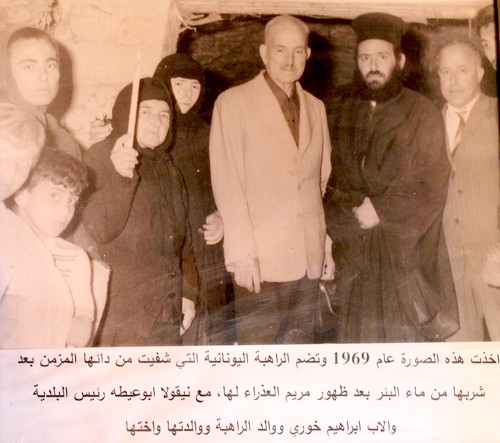
Traces of an ancient church under a house next to the well were found, but no exploration was carried out in the region until today, although there is archaeological evidence. During the building of the church, a door leading to the well and a square hole located on the right side of it were found. Traces of human feet and seats carved in the rock next to the well were also found but have been removed during the restoration.
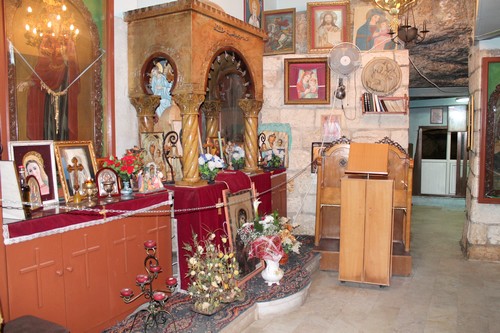



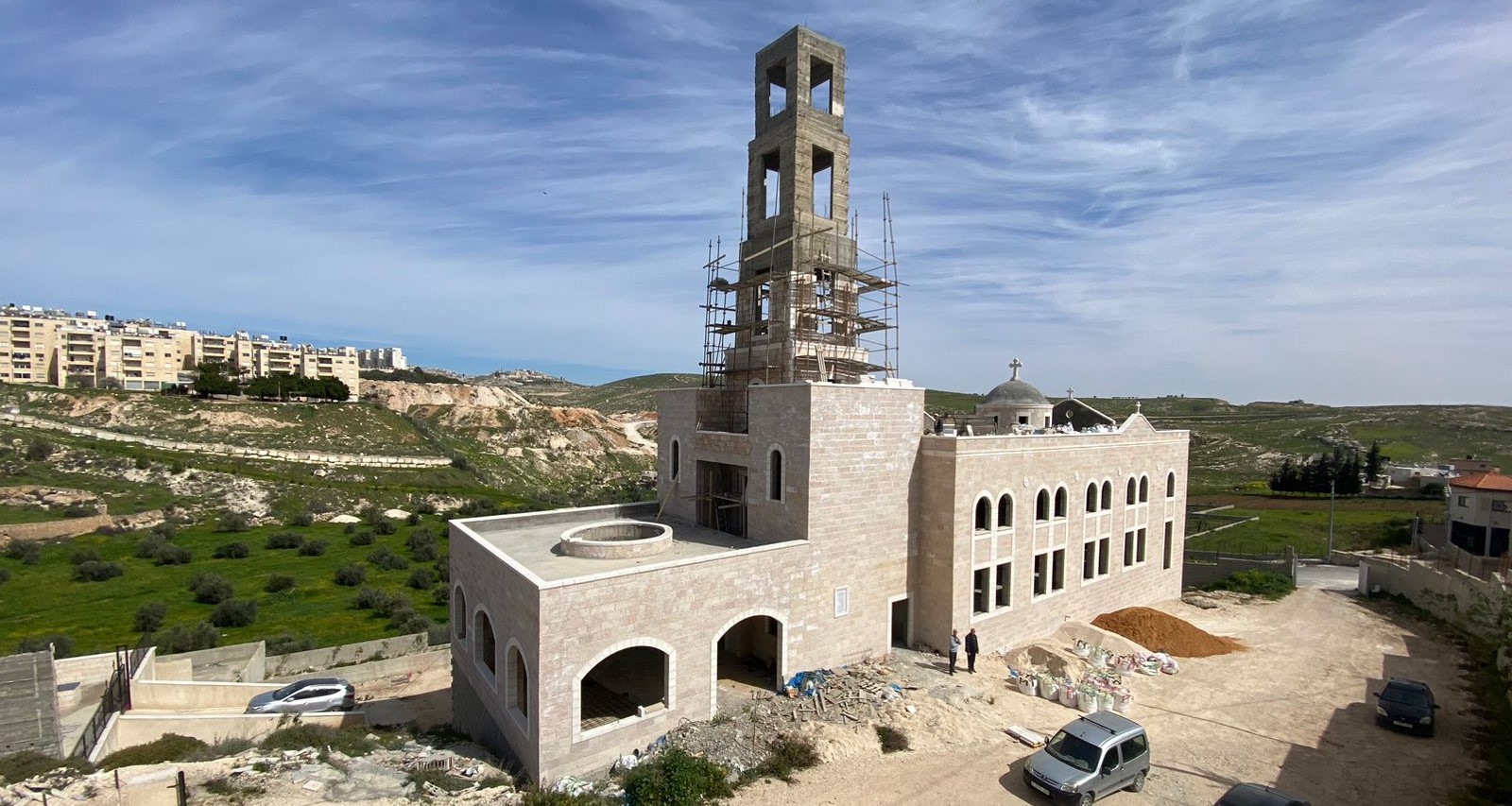




 This cave was one of many churches built by Saint Helena in the year 325 A.D. when she came to the Holy Land to find the True Cross of our Lord, and converted the natural cave into a church, which still operates today. It has an arched roof and a mosaic floor. It is one of the very few Churches that contain the original building by Saint Helena.
This cave was one of many churches built by Saint Helena in the year 325 A.D. when she came to the Holy Land to find the True Cross of our Lord, and converted the natural cave into a church, which still operates today. It has an arched roof and a mosaic floor. It is one of the very few Churches that contain the original building by Saint Helena.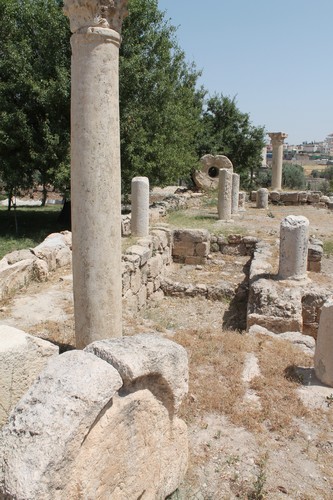 The monastery was deserted and only the cave Church remained, under the care of the Fathers Forefathers Orthodox Church’ congregation and priests at that time as a devotional area for Christians residents of the area and those pilgrims who visited the holy land, until the year 1971, when the Patriarch of Jerusalem at that time, at the initiative and instigation of the late Elder Seraphim the Sabbaitis (the first, after many years, Abbot and founder of the current Monastery of the Shepherds), decided to build a new large Church at the traditional site, adjacent to the cave, and finished in the year 1989 AD.
The monastery was deserted and only the cave Church remained, under the care of the Fathers Forefathers Orthodox Church’ congregation and priests at that time as a devotional area for Christians residents of the area and those pilgrims who visited the holy land, until the year 1971, when the Patriarch of Jerusalem at that time, at the initiative and instigation of the late Elder Seraphim the Sabbaitis (the first, after many years, Abbot and founder of the current Monastery of the Shepherds), decided to build a new large Church at the traditional site, adjacent to the cave, and finished in the year 1989 AD.



